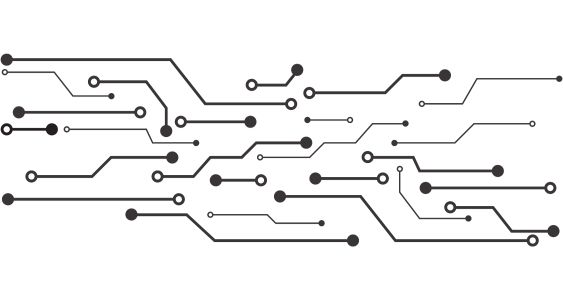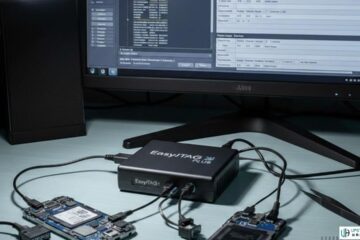In the ever-evolving world of technology, efficiency, and resource optimization are not just desirable—they are essential. As applications grow, handling increased traffic without compromising on performance becomes a challenge. This is where autoscaling in Kubernetes clusters becomes invaluable. But what does autoscaling mean in this context, and why is it so crucial for your Kubernetes deployments?
In this beginner’s guide, we will navigate through the fundamentals of autoscaling, understand its importance, and explore the foundational concepts that are instrumental in effectively implementing this technique.
Understanding Autoscaling In Kubernetes
The concept of autoscaling, in the realm of Kubernetes, refers to the automatic adjustment of the number of Pods or nodes in a Kubernetes cluster. This adjustment is based on various metrics such as CPU utilization or memory consumption, ensuring that resources are utilized efficiently in meeting workload demands. By implementing autoscaling, you’re enabling your system to handle increased traffic, thereby maintaining steady, predictable performance.
One of the notable tools that have streamlined autoscaling processes within Kubernetes is KEDA (Kubernetes-based Event-Driven Autoscaling). KEDA is an open-source component designed to drive event-driven autoscaling capabilities. With its seamless integration into the Kubernetes environment, it allows pods in a deployment to scale up or down, responding dynamically to the metrics collected. If you’re keen on optimizing your resource management, you will find out more about harnessing KEDA in this post, which highlights its adaptability and efficiency in various scenarios.
Autoscaling isn’t a one-size-fits-all feature; it is often categorized into three distinct types within Kubernetes: Horizontal Pod Autoscaler (HPA), Vertical Pod Autoscaler (VPA), and Cluster Autoscaler (CA). Understanding these variants is key to implementing an effective scaling strategy.
Horizontal Pod Autoscaler (HPA)
HPA automatically scales the number of Pods in a deployment or replica set. It increases the number of Pods during high demand to ensure reliable application performance and reduces it during lower usage to minimize costs. HPA does this based on the predefined thresholds of CPU, memory usage, or custom metrics provided by third-party solutions.

This method is beneficial for applications that experience varying levels of traffic, ensuring they receive the appropriate resources by duplicating instances of the application pod.
Vertical Pod Autoscaler (VPA)
Unlike HPA, VPA adjusts the resource limits for Pods, which can mean either increasing or decreasing the CPU and memory reservations without adding or removing any Pods. It’s particularly useful for applications whose resource usage varies significantly and that can afford occasional restarts, as changing resources for a Pod often requires restarting it.
VPA is ideal for non-production environments or for production environments where applications can handle such disruptions.
Cluster Autoscaler (CA)
While HPA and VPA adjust resources at the Pod level, CA scales the actual nodes in the cluster. If you’re running out of resources in your cluster due to increased demand, CA can automatically add more nodes.
Conversely, it can remove under-utilized nodes to improve cost efficiency. This type of autoscaling ensures that your cluster has enough resources to run all the pods efficiently and cost-effectively, adapting to the workload requirements in real time.
Conclusion: Autoscaling In Kubernetes
In a world where digital demands can skyrocket unexpectedly, autoscaling in Kubernetes offers a dynamic solution, ensuring applications remain uninterrupted and performant while optimizing resource usage. It epitomizes the agility and efficiency that cloud computing promises, providing an infrastructure that can expand or contract based on operational needs. Implementing autoscaling requires a thorough understanding of the different strategies—HPA, VPA, and CA—and a careful evaluation of your applications’ needs to determine the most appropriate approach.
By harnessing tools like KEDA, and with a firm grasp of autoscaling concepts, even beginners can ensure that their Kubernetes deployments are robust, resilient, and ready to handle the unpredictable nature of today’s digital landscape. As we delve deeper into a world reliant on optimal resource allocation and efficiency, mastering autoscaling in Kubernetes will undoubtedly be a vital skill in the repertoire of any IT professional.
See Also: Smart Cold Storage: IoT and AI in Temperature Control










